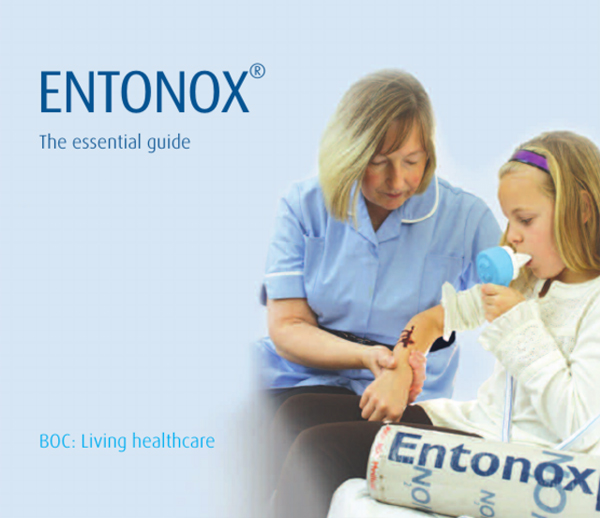Minor surgery procedures
We offer a range of minor surgical procedures carried out under a local anaesthetic.
During your initial appointment your podiatrist would assess your condition and suitability for minor surgery. They will discuss the potential benefits, risks and alternative options for your condition.
Following your assessment may recommend one of the following procedures:
Nail Surgery
Toenail surgery is a minor surgical procedure that involves removing either part of the nail plate, or the entire nail plate, which is removed under local anaesthetic so that no pain is felt during the procedure. Nail surgery may be necessary if you have an in-growing toenail, or if you have unsightly nails.
What are the benefits of toenail surgery?
- Removal of ingrown nail
- Pain relief
- Improved aesthetics (if thick and discoloured)
- Permanent solution to chronic or recurring pain
- Removes cause of infection
- No need to visit hospital
What actually happens during the surgery?
Toenail surgery in only necessary for patients that do not respond to conservative treatment. We will talk you through the process & recovery period at your assessment appointment.
This video shows nail surgery carried out at a colleague’s clinic. Warning: This video is not for the faint hearted!
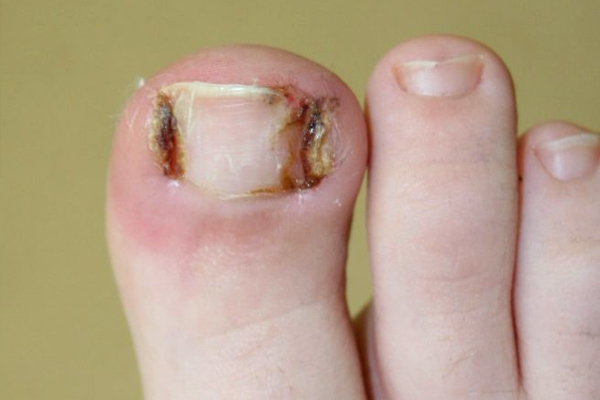
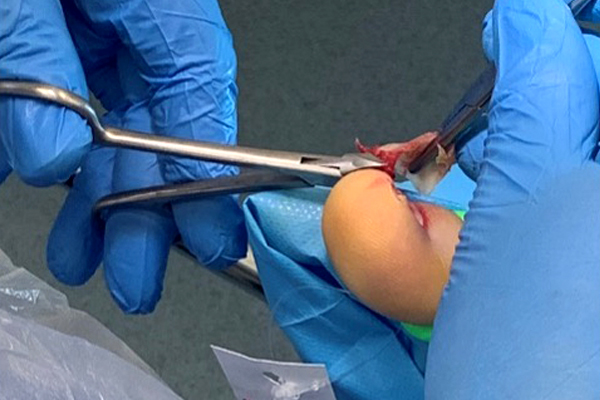
Electrosurgery
Electrosurgery is when high frequency currents are applied into the tissue with the aim of getting rid of unwanted skin lesions such as corns and verruca and neurovascular corns. This high frequency current produces an energy which creates steam; this causes the fluid in the tissues of the problem area to vaporise. Electrosurgery can be used to cut, burn off and dry up skin lesions.
The benefits of electrosurgery
There are many benefits of having electrosurgery, including:
- It is a safe and painless form of treatment
- It is an effective way of removing unwanted skin lesions
- It lessens the painful symptoms caused by some corns
- It may allow you to move around easier after treatment
Complications
There are some complications that may arise from electrosurgery. The wound may get infected, and antibiotics may be needed from your Podiatrist. There may also be some scar tissue depending on the size of the area treated.
Who is this procedure not suitable for?
Electrosurgery treatment is not suitable for all people. If you:
- Are pregnant
- Have a pacemaker
- Suffer from poor circulation
- Are allergic to a local anaesthetic
- Are taking certain kinds of medication
- Have screws or a metal plate in your lower leg
- Are going to or already have donated blood. Surgery cannot go ahead 3 weeks before or after donating blood.
Are there any similar treatments available?
There are other treatments to manage these skin problems, such as: verruca needling, using acids, general debridement treatment carried out by a Podiatrist.
Click here to watch a short video of the Electrosurgery process.
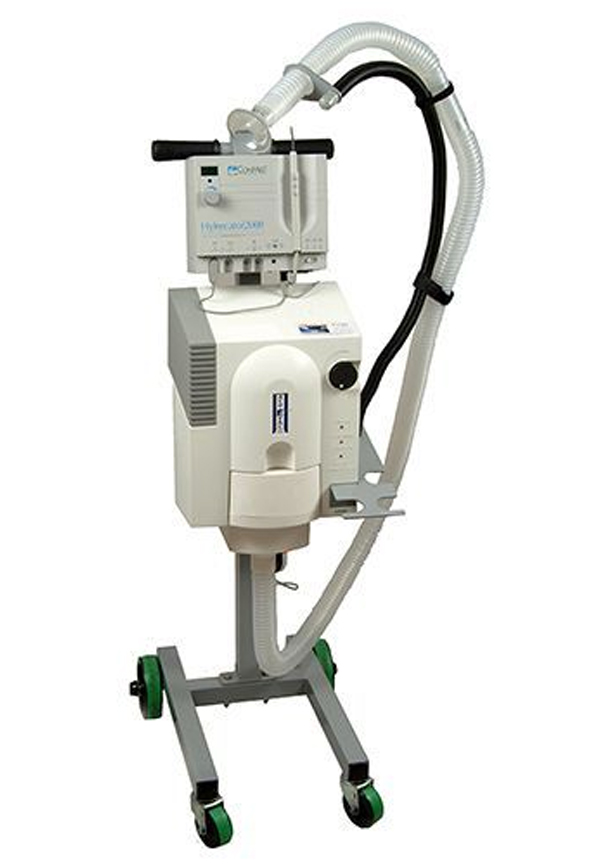
Verruca Needling
Dry needling is a procedure under local anaesthetic where the verruca / wart is punctured with a small needle to cause bleeding and stimulate the body’s immune system to resolve the problem.
Is this suitable for multiple / large verrucae / warts?
The treatment is appropriate for all verrucae / warts, often the largest is targeted in the first instance.
If it does not work, what are my options?
The treatment can be repeated but any of the other common treatments can still be provided.
How successful is the treatment?
Until recently, there was very little information on success rates. However, a recent paper has demonstrated:
- 31 patients (69%) had complete resolution
- 3 patients had reduced size and pain
- 11 showed no improvement
- There were no post operative infections or scarring
- Only mild symptoms were reported (bruising, slight discomfort)
Click here to watch a short video of the Verruca Needling process.
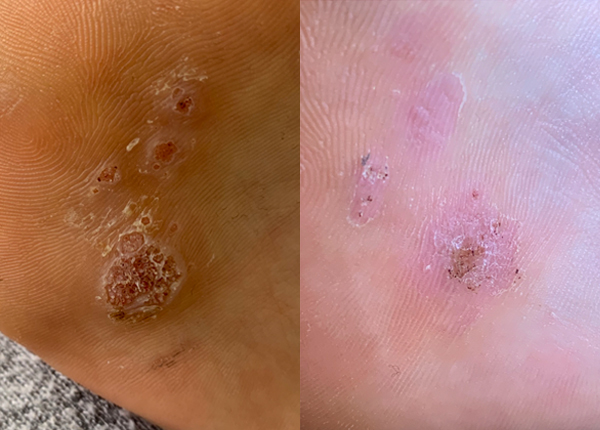
Excision & Curettage
This is a procedure carried out under a local anaesthetic to allow the podiatrist to make a small elliptical incision to remove the verruca, or to facilitate removal of the verruca with a scoop like surgical instrument called curette. Depending upon the procedure carried out you may require sutures to close the wound. We may also remove foreign bodies in your feet (eg. deep splinters, glass, etc).

Entonox Medical Gas
Entonox is also known as gas & air commonly used during childbirth and on emergency ambulances for pain relief. It also has anxyolitic properties, meaning it can calm you down and relax you. It is very safe, won’t put you to sleep and is self-administered through a demand valve (a bit like a scuba diver uses). It works within a couple of minutes and the effect continues all the time you are using it. The effects wear off within a few minutes of stopping its use.
We use it in the clinic to help people to relax and to ease the discomfort and anxiety, we can also use a freeze spray to help numb the skin while we give you your local anaesthetic injection to numb your toe / foot etc. We have used it with great success. Just let your podiatrist know if you don’t like injections and ask if you can have some Entonox.
